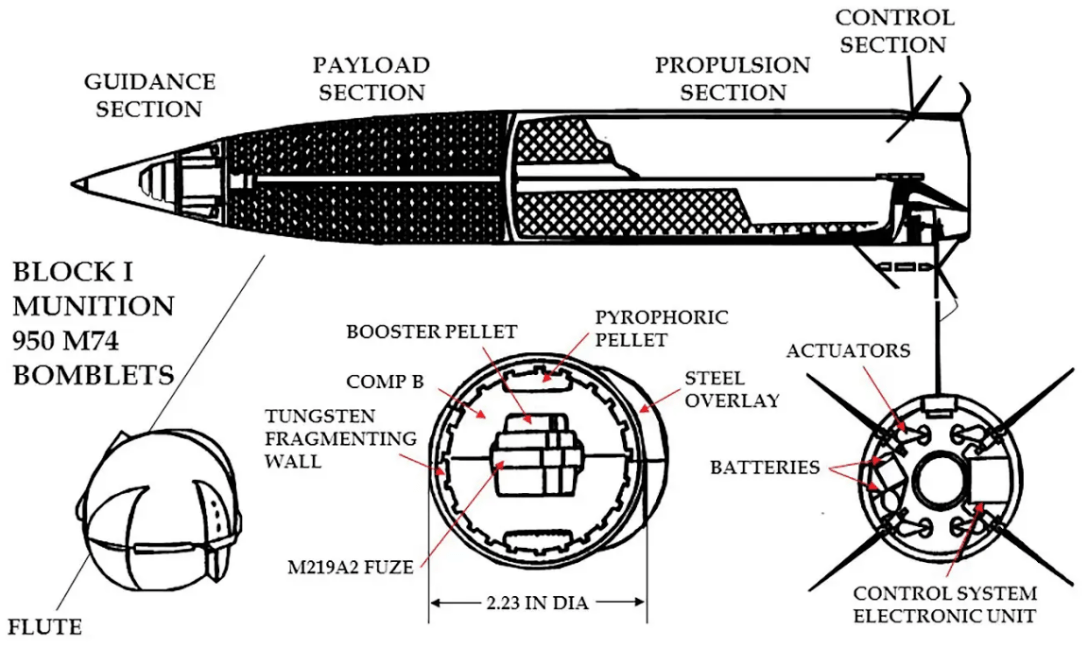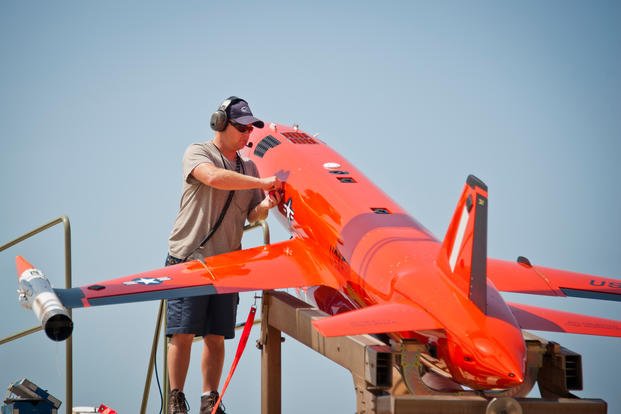I found this pretty interesting. Obviously in reference to Iran and it's attack, but relevant to what was discussed here about the economics of war and the cost / benefit of weapons and countermeasures (e.g. $500,000 missiles shooting down $20,000 drones).
A few interesting aspects here. One is the obvious cost / benefit ratio issue, another is the HORRIBLE reliability issues of the Iranian weapons (50%!!! wow, that's old school CCCP reliability numbers there!) and the third is that amount of work the F15's did! I would be super curious as to how the F-15's took down the drones. I would not think a Python (Israeli sidewinder style IR AA missile) could lock onto a drone (?). Did they take them down with cannon? Even if they did, having a radar lock would be critical and I am not sure and F15 Strike Eagle can do that (they are LOADED with fancy electronics though) since it is at night (they certainly have IR capabilities though). Doing a gun run at a very low altitude target going 115mph at night when you likely want to keep your airspeed above 200....
Hey, if they could unwrap some of the old Spitfires they used to have they could go old school on them!!
On 13 April 2024, Iran launched a multi-axis attack against Israel using approximately 300 weapons—110 ballistic missiles, 30 cruise missiles, and over 150 kamikaze drones. It was one of (if not the) largest unmanned aerial attacks in history, but almost none of them hit their target.
Roughly half crashed due to technical issues, and of the 170 that remained, 99% were shot down—never to reach their target.
The Pentagon’s well-coordinated multinational regionwide effort to defend Israel worked, including the first combat use of SM-3 ballistic missile interceptors and a herculean effort by Air Force F-15E Strike Eagles that downed 70 drones.
It was effective, but the problem is it’s not replicable. The issue is partly capability and partly capacity, but the real problem is the strategy—cost imposition.
Costly
As a rule of thumb, defensive weapons are roughly twice as expensive as offensive ones. This is because they are often much more complex, a result of the significant technical demands of air and missile defense interceptors.
But that 2:1 is just missile vs. missile. The cost ratio of Iran’s attack is likely closer to 10:1…in favor of Iran. Considering all the other factors that enabled those allied missiles to be in the air—development, operations, logistics, sustainment, and the manpower to do it all—it’s easily 100:1.
The proliferation of low-cost, expendable drones makes this even worse.
In the Red Sea, military ships are forced to use high-end weapons because they are not defending themselves—they’re providing wide area defense for unarmed merchant ships. The result: $2m SM-2 missiles intercepting $2,000 Houthi drones. To this point, the Navy has expended $1 Billion in munitions countering attacks in the Middle East in the past six months. But it’s even worse when you consider this 100:1 cost exchange is before factoring in the costs associated with the ships shooting the missiles. Ouch.
Good news: Right now, the Pentagon currently has a cost-focused counter-drone team looking at this problem.
Cost Imposition
Whether deliberate or by circumstance, the US has been caught off guard by a cost-imposing strategy.
This type of strategy thoughtfully applies select technologies in ways that compel adversaries to allocate disproportionate resources to counter.
Cost imposition is not only painful in the sense of cost exchange; it’s scalable pain, too. Dialing up the effect of a cost-imposing strategy results in massive second and third-order impacts: magazine depth planning, logistics, and all the coordination to re-arm ground launchers, jets, and ships (which have to port to reload).
As the US military looks to reoptimize for great power competition, cost-imposing strategies are one of the most beneficial elements of the competitive spectrum.













































